
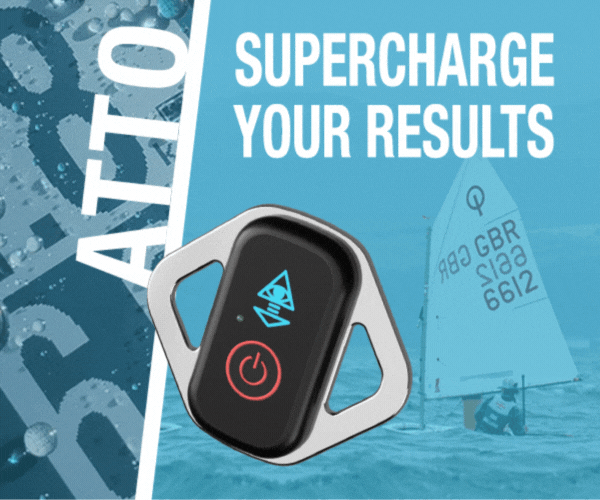

-(1)-202408140552.gif)



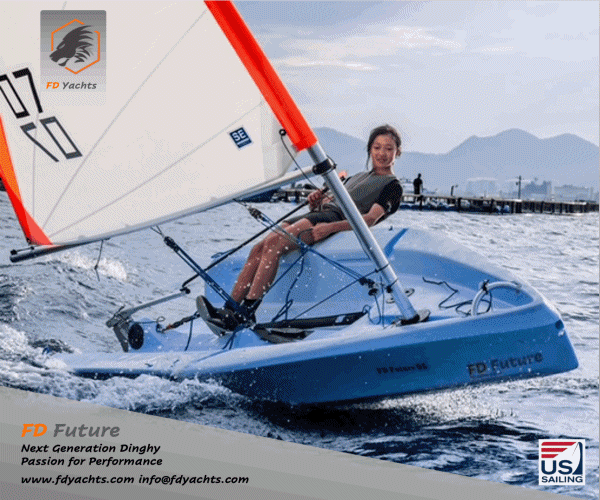


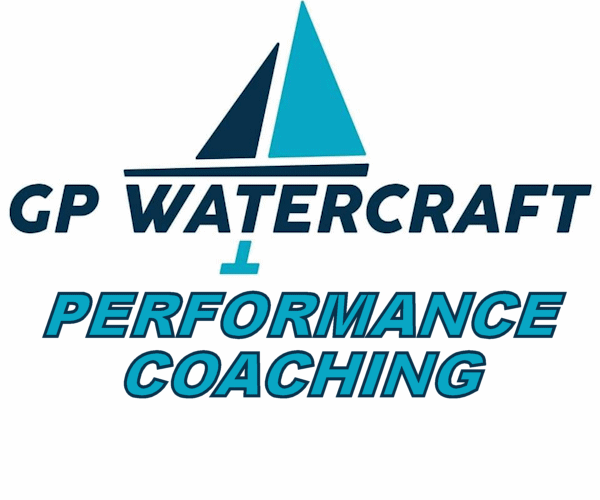

| Laser 28 - Excellent example of this great design Hamble le rice |
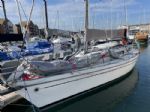 |
| Rossiter Pintail Mortagne sur Gironde, near Bordeaux |
 |
| Laser 140101 Tynemouth |
 |
List classes of boat for sale |
What does mast rake do? |
Post Reply 
|
Page <1234> |
| Author | ||
redback 
Really should get out more 

Joined: 16 Mar 04 Location: Tunbridge Wells Online Status: Offline Posts: 1502 |
 Post Options Post Options
 Quote Quote  Reply Reply
 Topic: What does mast rake do? Topic: What does mast rake do?Posted: 09 May 07 at 10:42pm |
|
|
My experience is that mast rake makes a boat go better upwind and its not just the opening of the leech of the jib that does it. Too much mast rake really throws away power and for this reason we always rake the mast back on the 4000 by one click on the shrouds when conditions are at all difficult, this corresponds to bringing the mast tip about 80mm closer to the transom. Why such a small change makes such a huge difference is a mystery. As for letting the kicker off when its windy - it doesn't work. More wind, more kicker. The kicker makes the rig a lot less inclined to snatch in the gusts and the power more easy to modulate. If the boat is difficult to handle try more kicker. If you look at the more modern roachy type of rigs you'll find you can sail with the top of the sail absolutely flat when you apply lots of kicker. That's exactly what you want in strong winds, not a full ragging mainsail causing masses of aerodynamic drag. Here's something else to think about. I have found that if I power up the rig (tighter lowers, less rake and use the mainsheet for leech tension) I can get the crew out on the wire at quite low windspeeds and the boat goes faster for it, but it has very poor gust response. By which I mean it doesn't accelerate and it is often faster overal to sacrifice a bit of power and get the acceleration. I can only liken it to driving a car slowly in 5th gear. |
||
 |
||
Stefan Lloyd 
Really should get out more 
Joined: 03 Aug 04 Online Status: Offline Posts: 1599 |
 Post Options Post Options
 Quote Quote  Reply Reply
 Posted: 10 May 07 at 7:37am Posted: 10 May 07 at 7:37am |
|
|
It's not obvious why increasing rake would open the slot, or why that would result in depowering. If your boat allows it, try sailing with a very closed slot. More power? I suspect not. And allowing the centreboard to be lifted, fine except that I can think of classes that, as the breeze builds, will start to rake the rig long before they'd consider raising the board. I'm not disputing that rake works but the explanations you commonly read don't really bear examination. Edited by Stefan Lloyd |
||
 |
||
Stefan Lloyd 
Really should get out more 
Joined: 03 Aug 04 Online Status: Offline Posts: 1599 |
 Post Options Post Options
 Quote Quote  Reply Reply
 Posted: 10 May 07 at 7:40am Posted: 10 May 07 at 7:40am |
|
|
Here's a funny thing. There is a keelboat class where 50% of helms are convinced that the way to handle the main upwind is to centre the traveller and ease main and kicker. The other 50% pull on maximum sheet and kicker and play the traveller. Results suggests both techniques are equally fast if done well. |
||
 |
||
FreshScum 
Groupie 
Joined: 27 Apr 04 Online Status: Offline Posts: 99 |
 Post Options Post Options
 Quote Quote  Reply Reply
 Posted: 10 May 07 at 8:15am Posted: 10 May 07 at 8:15am |
|
|
Increasing mast rake opens the slot on most boats as the head of the jib moves aft relative to the rest of the sail. This opens the leech of the jib so the slot has now been opened. No kicker in dinghys can work. Has to be really windy, and then allows power on/power off to only be a small amount of mainsheet. |
||
 |
||
Stefan Lloyd 
Really should get out more 
Joined: 03 Aug 04 Online Status: Offline Posts: 1599 |
 Post Options Post Options
 Quote Quote  Reply Reply
 Posted: 10 May 07 at 11:02am Posted: 10 May 07 at 11:02am |
|
|
Easing the sheet has the same effect with a lot less trouble. So there has to be more to it than that. |
||
 |
||
BigFatStan 
Groupie 
Joined: 31 Jan 06 Online Status: Offline Posts: 78 |
 Post Options Post Options
 Quote Quote  Reply Reply
 Posted: 10 May 07 at 12:43pm Posted: 10 May 07 at 12:43pm |
|
|
Rake also moves the CoE of the rig back - I'm sure this is a significant factor, especially if you sail with less board down (on a pivoting board type of boat) when it gets windy.
|
||
 |
||
Garry 
Really should get out more 
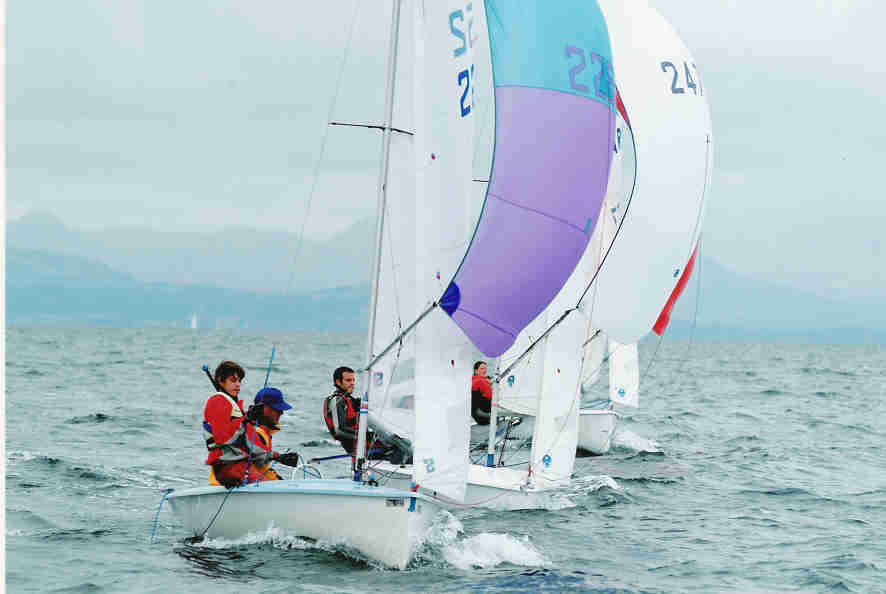
Joined: 18 Apr 04 Location: United Kingdom Online Status: Offline Posts: 536 |
 Post Options Post Options
 Quote Quote  Reply Reply
 Posted: 10 May 07 at 5:44pm Posted: 10 May 07 at 5:44pm |
|
If you ease the sheet you won't point. |
||
|
Garry
Lark 2252, Contender 298 www.cuckoos.eclipse.co.uk |
||
 |
||
giraffe 
Posting king 
Joined: 10 May 07 Online Status: Offline Posts: 148 |
 Post Options Post Options
 Quote Quote  Reply Reply
 Posted: 10 May 07 at 6:34pm Posted: 10 May 07 at 6:34pm |
|
Garry, A basic understanding of vectors demonstrate that the faster you go the higher you point. so why should easing the sheet a little stop me pointing, except in the short term whilst I accelerate? The practice of increasing mast rake in more wind is about giving the wind a different aerofoil from that used at lower wind speeds. Rake should not be confused with bend. Bladed sails, caused typically by lots of cunningham and less kicker when windy are fast around the course. This may actually be due to making a lightweight boat easier to sail as the top of the sail is controlled better rather than actually increasing straight line speed, but they are fast around the course .
|
||
 |
||
Ian99 
Posting king 
Joined: 07 Apr 05 Online Status: Offline Posts: 138 |
 Post Options Post Options
 Quote Quote  Reply Reply
 Posted: 10 May 07 at 8:02pm Posted: 10 May 07 at 8:02pm |
|
Except that the aerodynamic drag of the rig, hull, crew etc have an approximately equal and opposite effect (See page 168 of Bethwaite's "High Performance Sailing") .... which is why you then have to flatten the sails and rake the rig back to reduce the drag. It also reduces the amount of lift you'll get off the sails, but as you're probably overpowered by that point that's also a good thing. A good comparison is to look at the differences in wing rake on a Hercules or a 747 in comparison to a fighter jet or Concorde. |
||
 |
||
49erGBR735HSC 
Really should get out more 
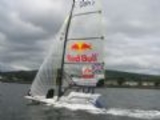
Joined: 30 Mar 05 Location: United Kingdom Online Status: Offline Posts: 1991 |
 Post Options Post Options
 Quote Quote  Reply Reply
 Posted: 10 May 07 at 9:04pm Posted: 10 May 07 at 9:04pm |
|
|
Maintain some curvature in the sails in the light stuff, don't have bags in the sails but at the same time, don't have them flat. There are two schools of thought with light wind settings, but flat sails to reduce drag theory also kills all lift too and is very slow. Maintaining some curvature maintains a profile optimum for generating lift. High Performance Sailing by Bethwaite and Sail Performance by C A Marchaj, both cover the theory in great depth, Sail Performance is more specific. Best to read a book about it instead of trying to understand bits and pieces from a forum if you are really interested. We don't adjust mast rake on the 49er as we have a fixed forestay but in the light stuff we don't bend the mast extensively to move the centre of effort aft as is the effect with raking as it is a depowering method, probably why Alex was saying keep the mast straight initially. If you bear in mind what Ian was saying about wings on the 747 and Concorde, it's a good analogy of sail shape. The 747 wing shape with more curvature is designed that way to generate maximum lift to carry a high payload whereas concorde's wings are very flat with the aim to minimalise drag. The 747 shape will help on light days to maximise lift at lower speed and on the windier days when you have plenty of lift the aim is to flatten sails off to reduce drag. |
||
 |
||
Post Reply 
|
Page <1234> |
| Forum Jump | Forum Permissions  You cannot post new topics in this forum You cannot reply to topics in this forum You cannot delete your posts in this forum You cannot edit your posts in this forum You cannot create polls in this forum You cannot vote in polls in this forum |
Copyright ©2001-2010 Web Wiz
Change your personal settings, or read our privacy policy











 Printable Version
Printable Version Delicious
Delicious Digg
Digg Facebook
Facebook Furl
Furl Google
Google MySpace
MySpace Newsvine
Newsvine reddit
reddit StumbleUpon
StumbleUpon Twitter
Twitter Windows Live
Windows Live Yahoo Bookmarks
Yahoo Bookmarks Topic Options
Topic Options